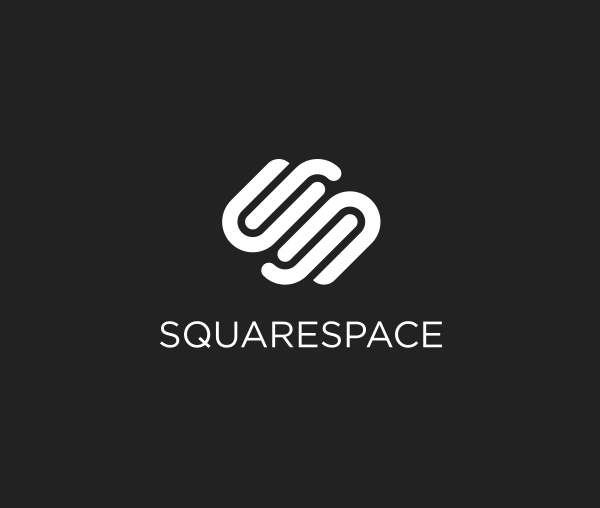70D Center Focus Point Issue
/It appears that some models of the 70D has issues with accurate focus when using the center focus point through the viewfinder with lenses wider than f/2.8. The images below illustrate the problem on my 70D. To be fair I had to go looking for this issue and in the 6 months that I have used the camera I hadn't noticed an issue. It is unclear how widespread the issue is. Many German users are unhappy while here in the United States I haven't heard a peep from a single user. Is it because so few of us have used fast lenses and carefully pixel peeped? Or? At this time I don't want to speculate more. I have contacted Canon and am waiting for a response. Please don't assume if you have taken a blurry photo that your 70D also has the issue. Watch the video and follow the directions below for testing your own 70D.tl;dr 70D doesn't focus properly using the center focus point with lenses faster the f/2.8. Use the LCD to focus and take photos at those wider apertures. Full Image 50mm f/1.2- Rollover to view image taken with LCD. See the difference? Slight change in sharpness.[himage]
 [/himage]
[/himage]
100% crop of above image 50mm f/1.2- Rollover to view image taken with LCD. See the difference? Slight change in sharpness. Point of focus is chip on far beam.[himage]

 [/himage]
[/himage]
Now with the 85 f/1.2 lens. Shooting at f/1.2 and a distance of 15' - Your depth of field at this aperture and focal length is 5.04 inches (very shallow)[himage]

 [/himage]
[/himage]
100% crop of image above. Brace yourself for this difference[himage]

 [/himage]
[/himage]
35mm f/1.4 at 100% crop - The difference isn't huge but it is noticeable.[himage]

 [/himage] More Samples can be downloaded from this Dropbox folder - All are labeled and should be self explanatory. There is a folder of the smaller 100% crops or just zoom to 100% of the images in the main folder.I was careful to eliminate ALL other variable. I used a sturdy tripod, set a fast shutter speed at least 2x the focal length and used 2-second delay with mirror lockup to avoid any blur from movement of any kind. For each image you see I took at least three others under the exact same settings and picked the sharpest of the four. So the sharpest viewfinder image vs the sharpest LCD image. There rarely was little difference between the shots.What about Autofocus Micro Adjustment(AFMA)? I tried it and could occasionally get a matched focus at one distance (meaning the sharpness of images taken using the viewfinder to focus was the same as the image taken using the LCD to focus) but at other distances it would still be noticeably different and AFMA should generally correct across the range. I do plan on testing more.At shorter distances with some lenses no issues were seen and only presented themselves at 30'(roughly 10 meters). I also tested the 50mm f/1.4 and the 85 f/1.4 and saw equally disappointing results.Test your 70D
[/himage] More Samples can be downloaded from this Dropbox folder - All are labeled and should be self explanatory. There is a folder of the smaller 100% crops or just zoom to 100% of the images in the main folder.I was careful to eliminate ALL other variable. I used a sturdy tripod, set a fast shutter speed at least 2x the focal length and used 2-second delay with mirror lockup to avoid any blur from movement of any kind. For each image you see I took at least three others under the exact same settings and picked the sharpest of the four. So the sharpest viewfinder image vs the sharpest LCD image. There rarely was little difference between the shots.What about Autofocus Micro Adjustment(AFMA)? I tried it and could occasionally get a matched focus at one distance (meaning the sharpness of images taken using the viewfinder to focus was the same as the image taken using the LCD to focus) but at other distances it would still be noticeably different and AFMA should generally correct across the range. I do plan on testing more.At shorter distances with some lenses no issues were seen and only presented themselves at 30'(roughly 10 meters). I also tested the 50mm f/1.4 and the 85 f/1.4 and saw equally disappointing results.Test your 70D
- Put a lens that shoots at f/2.8 or wider (preferably wider) on your 70D
- Put your 70D on a sturdy tripod and carefully aim it at a target about 30'(roughly 10 meters) away
- Turn mirror lock up on (how to turn mirror lock up on)
- Turn on 2-second delay
- Switch to Manual mode - set aperture to the widest possible for the lens. Set shutter speed to be 2x focal length and ISO high enough to center exposure(hopefully this isn't above ISO 2000 - if it is you should consider testing in an area with more light)
- Switch to your center focus point
- Focus through the viewfinder
- Take a photo and repeat several times - Use autofocus each time
- Switch to Live view and choose FlexiZone single - the white rectangle should be on the same mark as the center point was when looking through the viewfinder - if you need to move it slightly you can.
- Take several photos
- Review these images on the LCD at full magnification- push the zoom button until the image doesn't increase any more. Switch between the images taken with live view and through the viewfinder. you WILL see a difference in sharpness - with the live view images being sharper. This is guaranteed and known. By how much and whether you can correct it using AMFA is key. The Digital Picture has a great set of AFMA tips.
- It may also be useful to review the images in Lightroom
Findings? Leave them below- Let me know what lens you used. Questions? Concerns?Leave a comment. Please do not assume that if you have taken one blurry photo your 70D is broken. You MUST make sure you have eliminated all variables except the method of focusing used.








 Support my work.
Support my work. 




 What you don't get with a camcorder is excellent low light capabilities that the T5i offers and the lovely blurred backgrounds you get shooting with the larger sensor at large apertures. Not to mention all the
What you don't get with a camcorder is excellent low light capabilities that the T5i offers and the lovely blurred backgrounds you get shooting with the larger sensor at large apertures. Not to mention all the  It is fast, reliable and affordable, you do NOT Need the ones labeled Video, they don't offer anything different and the SanDisk Extreme works perfectly for video and photos. If you will be shooting LOADS of video with the canon T5i grab the
It is fast, reliable and affordable, you do NOT Need the ones labeled Video, they don't offer anything different and the SanDisk Extreme works perfectly for video and photos. If you will be shooting LOADS of video with the canon T5i grab the 


 Canon finally updated the 60D today with the announcement of the Canon 70D. The headline of this new camera is the greatly improved live view auto focus.Canon claims that this will provide faster and more accurate auto focus during live view, much more similar to a camcorder, early, hands-on reports are very favorable. I am cautiously optimistic. This snazzy new AF is limited to it's usefulness, at this time there are still only the three STM lenses (18-55, 18-135 and 40mm) and the 40mm does still make some noise audible by the onboard mic. The 18-55 and 18-135 STM are silent. (
Canon finally updated the 60D today with the announcement of the Canon 70D. The headline of this new camera is the greatly improved live view auto focus.Canon claims that this will provide faster and more accurate auto focus during live view, much more similar to a camcorder, early, hands-on reports are very favorable. I am cautiously optimistic. This snazzy new AF is limited to it's usefulness, at this time there are still only the three STM lenses (18-55, 18-135 and 40mm) and the 40mm does still make some noise audible by the onboard mic. The 18-55 and 18-135 STM are silent. ( T5i (700D)
T5i (700D) T4i (650D)
T4i (650D) Canon T3i(600D)
Canon T3i(600D) Nikon D5200
Nikon D5200 Nikon D3200
Nikon D3200
 Key Differences between all three cameras - If a camera is not listed with a feature bullet it does not offer that feature.
Key Differences between all three cameras - If a camera is not listed with a feature bullet it does not offer that feature.



